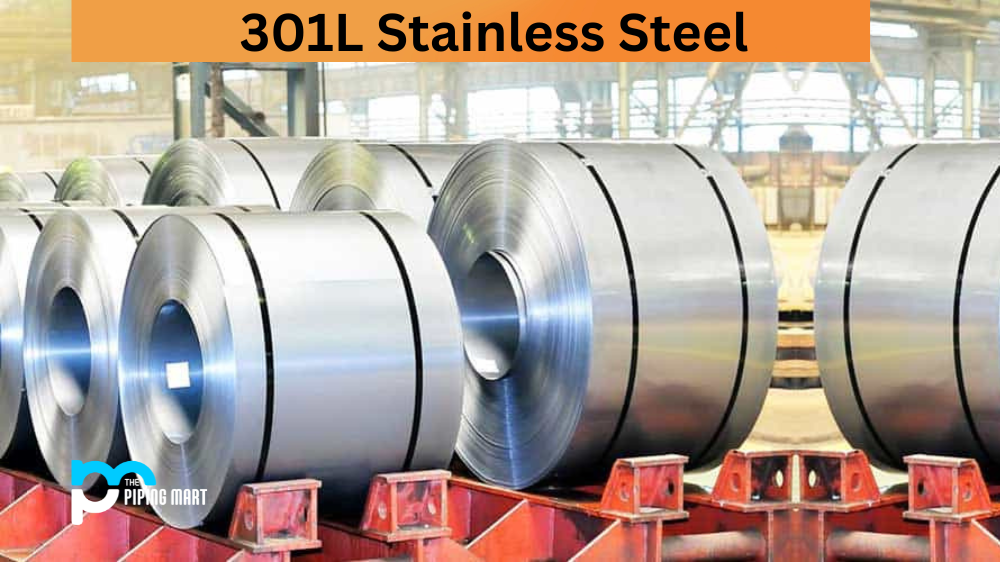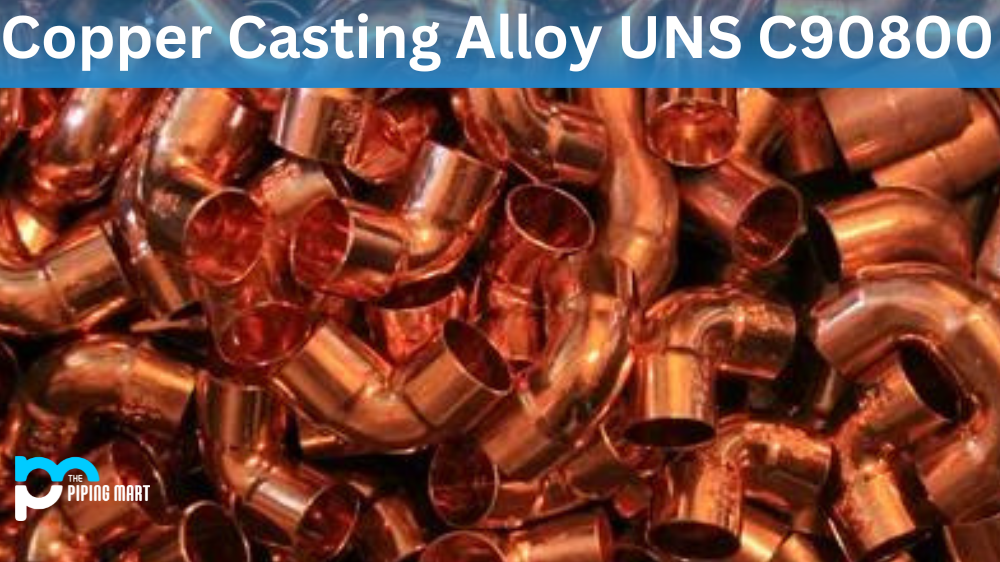Steel is one of the most widely used materials across several industries, including construction, mining, and automotive. Due to its durability, strength, and toughness, steel is a popular choice for various applications. Within the steel industry, 50W steel is becoming an increasingly popular choice. In this blog post, we will discuss everything you need to know about 50W steel, including its composition, physical and mechanical properties, uses, resistance to corrosion, heat treatment, machining, and welding.
50W Steel Composition
50W steel is a low alloy, high-strength steel that is predominantly made up of carbon, manganese, silicon, and a few other elements. The carbon content is typically around 0.18-0.25%, the manganese content is around 1.15-1.50%, and the silicon content is around 0.15-0.50%. It also contains small quantities of copper (max 0.35%), nickel (max 0.25%), and chromium (max 0.25%).
50W Steel Mechanical and Physical Properties
50W steel has a minimum yield strength of 50,000 psi, making it a high-strength material. Its tensile strength ranges from 65,000 to 85,000 psi, while its elongation is approximately 16%. The density of 50W steel is around 7.85 g/cm3.
50W Steel Uses
As mentioned earlier, 50W steel is widely used across various industries. 50W steel is used in the construction industry to make bridges, buildings, and other structures. It is also commonly used in mining equipment, agricultural machinery, and automotive applications where high-strength and abrasion-resistant materials are required.
50W Steel Resistance to Corrosion
50W steel has good corrosion resistance due to its low carbon and manganese composition. It also has the benefit of having copper within its design, which provides additional resistance against corrosion. However, it may require a protective coating to increase its lifespan in harsh environments.
50W Steel Heat Treatment
50W steel can be heat-treated to improve its physical and mechanical properties. Typically, it is subjected to a quenching and tempering process that involves heating the steel to a critical temperature, followed by rapid cooling in water, oil, or air before tempering at a lower temperature to reduce brittleness and improve toughness and durability.
50W Steel Machining
50W steel is considered difficult to machine due to its high strength and toughness. It requires special tools and techniques to achieve precision and accuracy during machining.
50W Steel Welding
Welding 50W steel requires careful preparation and attention to detail to ensure successful outcomes. It is recommended to preheat the material before welding, and a low-hydrogen welding process is preferable to prevent cracking and ensure strong joints.
Conclusion
50W steel is a low alloy, high-strength steel that offers several benefits for a range of industrial applications. Its composition, physical and mechanical properties, and corrosion resistance make it a reliable material in harsh conditions. Although it is difficult to machine and weld, its heat-treatable properties make it a selected choice for manufacturing specific industrial applications. This post should have provided all the information about 50W steel, from its composition to its uses and applications. Understanding such information will help you to make an informed decision on whether it is suitable material for your industry’s particular application.
Meet Heer, a dynamic and driven writer learning tricks of her trade in the metal industry. With a background in Digital Marketing, Heer brings a unique perspective to her writing, sharing valuable insights. Apart from blogging she like reading and hiking.




